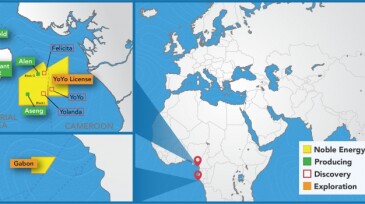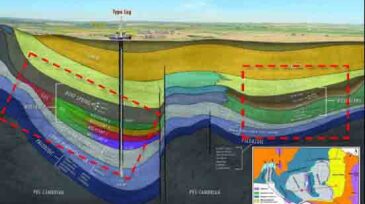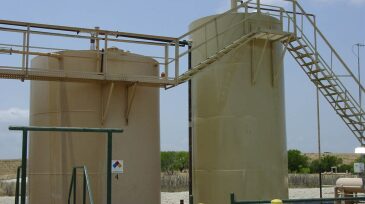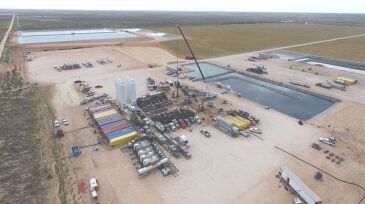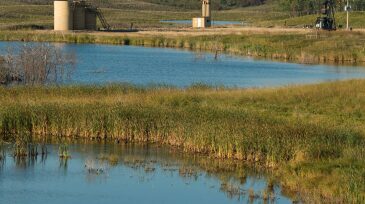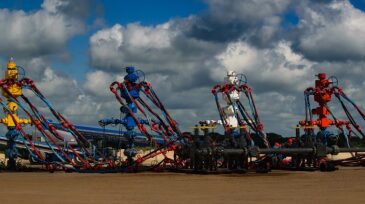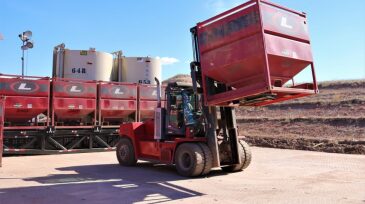Permian Basin
-
Operators in the Permian Basin are looking for new ways to handle the rising volumes of produced water coming out of the region without using saltwater disposal wells. One solution, treatment for discharge, could provide an efficient alternative.
-
Noble’s first row of wells in its massive Mustang project is helping increase the operator’s DJ Basin output, and similar results are soon expected in the Delaware Basin.
-
Another reminder that it costs more to coax the same amount of oil from new wells as for older wells nearby, with a closer look at the big plays and how the wells are completed.
-
Sourcing water for hydraulic fracturing, and disposing of produced water, are constraints and significant cost items in the Permian Basin. Some of the produced water can be treated and reused by using a water life cycle approach..
-
Finding water for hydraulic fracturing and then finding a use for it when it flows back are critical engineering problems to solve in the booming Permian Basin.
-
Water management for unconventional projects continues to evolve at a rapid pace. What are some of the universal trends industry is adopting to handle higher produced water volumes and increased demand, and how do local dynamics impact the adoption of these trends?
-
ProPetro closed its deal to purchase Pioneer’s pressure pumping fleet, boosting its services in the Permian Basin.
-
Producers in Texas have claimed an economic victory with their transition to local sands that they once avoided using in horizontal wells due to their low-quality.
-
Oil prices have fallen since early October in lockstep with the plunge in 2014. But this time oil companies appear better able to deal with a tough situation.
-
2018 has seen a wave of shale deals that are consolidating the landscape. While this one could be among the biggest, it is not yet final.


